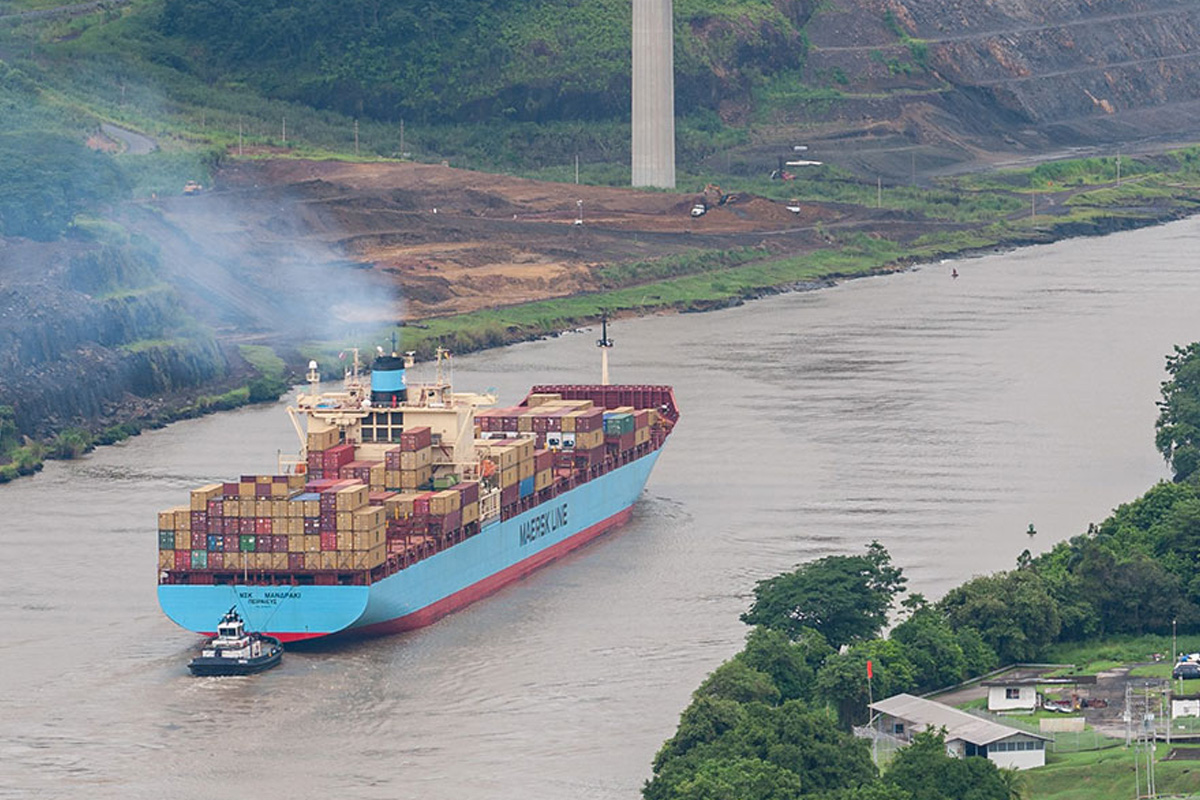Panama’s drought shows how trade disruptions from climate extremes can reverberate around the world.
Around 1,000 ships pass through the Panama Canal each month carrying a total of over 40 million tons of goods—about 5 percent of global maritime trade volumes. But water levels in this vital link between the Atlantic and Pacific oceans have fallen to critical lows because of the worst drought in the canal’s 143-year history.
Drought restrictions imposed amid insufficient rainfall at the Gatún Lake, which feeds the canal, have reduced throughput by some 15 million tons so far this year. Ships have faced an additional six days in transit. The authorities are exploring strategic options to boost the water supply in the canal.
As the Chart of the Week shows, ports in Panama, Nicaragua, Ecuador, Peru, El Salvador and Jamaica are suffering most from these delays, with 10 percent to 25 percent of their total maritime trade flows affected. But the drought’s effects are felt as far away as Asia, Europe and North America. The drought will hamper trade for months to come, with canal passages set to halve to 18 ships per day by February, down from 36 in ordinary times. Economies reliant on the canal for trade should prepare for more disruption and delay.

Amid climate change, droughts, floods, tropical storms and other disasters are becoming more common and pose a serious threat to maritime infrastructure. With PortWatch, an open platform launched today by researchers from the IMF and the University of Oxford, policymakers can prepare for trade disruptions caused by shocks like climate extremes and decide how to respond to them.
The platform uses real-time satellite data to track nearly 120,000 cargo ships and tankers worldwide—over 99 percent of global maritime trade. It provides daily estimates of trade volumes at 1,400 ports and more than a dozen pinch points, such as the Panama Canal.
PortWatch simulates international spillovers from a port closure and plots disruptions to onward supply chains on an interactive map. It enables climate scenario analysis, providing modeled risk estimates for a range of climate extremes. PortWatch also sends alerts on potential and actual trade disruptions after major disasters.







